Click the blue text above to follow us
Zhao Zhongzhen: 200 Lectures on the Health Wisdom of the Compendium of Materia Medica
Now available on Himalaya
For more interesting content, click Read the original text to listen
Grasping the Essentials
Hello friends! I am Zhao Zhongzhen.
When reading a book, it is essential to analyze its title and examine the table of contents. Today, we will discuss the table of contents of the Compendium of Materia Medica and see what we can learn from it.
1
The title of the Compendium of Materia Medica consists of two key terms: “ben cao” (本草) and “gang mu” (纲目). Ben cao refers to the general term for traditional Chinese medicine (TCM) herbs and often refers to books that document these herbs. “Gang” means the main string of a fishing net, while “mu” refers to the individual mesh openings. The phrase “gang ju mu zhang” (纲举目张) implies that by grasping the key aspects of a matter, other issues can be resolved easily.
These two key terms indicate the professional classification of this book and its characteristic of being comprehensive yet concise.
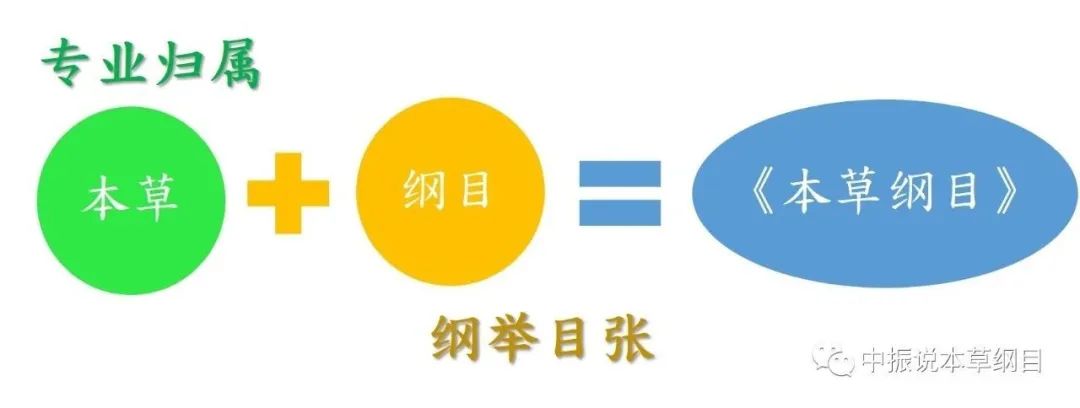
Before Li Shizhen, previous materia medica texts used a human-centered classification method, focusing on the effects of herbs on the human body. A typical example is the “Shennong Bencao Jing” (神农本草经), which classifies herbs into three grades: superior (无毒), medium (小毒), and inferior (大毒).
Li Shizhen made groundbreaking reforms by changing the classification principle from medicinal properties to natural attributes, which was refreshing.
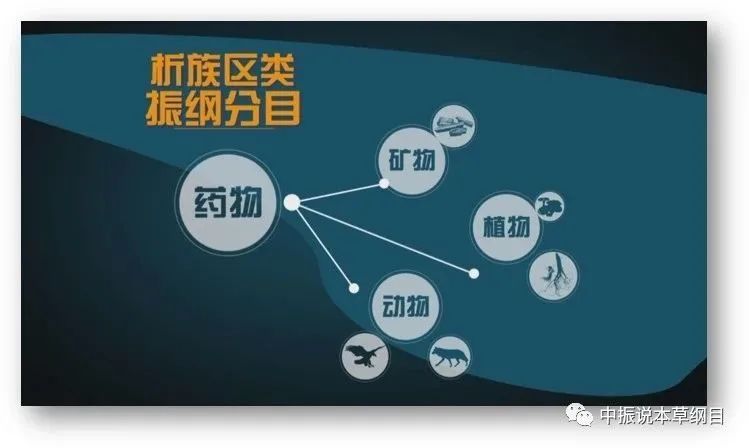
The Compendium of Materia Medica consists of 52 volumes, divided into 16 sections, categorizing herbs into minerals, plants, and animals. These 16 sections represent the “gang” of the Compendium, which is further divided into 60 categories, ultimately specifying individual species.
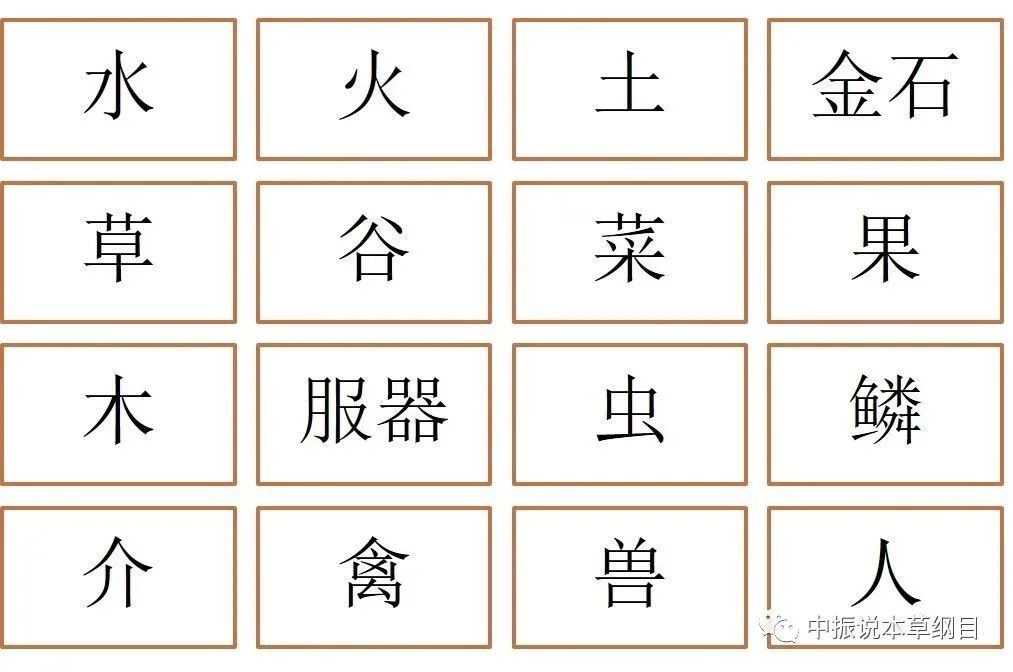
16 Sections of the Compendium of Materia Medica
Overall, the arrangement of the Compendium reflects the evolutionary pattern from inorganic to organic matter, from lower to higher organisms, following the order of “from cheap to precious, ending with humans”.
Once this pattern is understood, revisiting the Compendium reveals that it is indeed: broad yet not cumbersome, detailed yet essential.
2
Let’s take a look at the brief history of plant classification development.
Among the 16 sections of the Compendium, the sections on grasses, trees, fruits, vegetables, and grains, although only 5 sections, occupy 26 volumes, accounting for half of the Compendium, making it the core. The three sources of TCM are “plants, animals, and minerals”, with plants being the most diverse and widely used, which is a significant reason why TCM is referred to as “ben cao”.

There are approximately 500,000 known plant species worldwide, with about 50,000 in China. Globally, there are still some unnamed plants. Faced with such a vast number of plants with varying forms and habits, accurate classification and unified naming are essential for in-depth research and rational utilization.
Throughout history, organizing the chaotic biological world has been a challenging task, which is why taxonomy is a fundamental discipline related to biological research.
Human classification methods for plants generally include the following systems:
① Artificial Classification System
Plants are classified solely based on their morphology, habits, and uses, without considering the evolutionary relationships among plant groups. This classification method is known as artificial classification.
The most famous is the classification method established by Swedish botanist Carl Linnaeus, who classified plants into 24 classes based on the presence, number, length, fusion, and position of stamens, and further classified them based on the structure of the pistil.
Li Shizhen’s Compendium of Materia Medica and Wu Qizhen’s (1789-1847) “Plant Names and Realities” also belong to the artificial classification system. The Compendium classifies plants into 5 sections and 30 categories, while “Plant Names and Realities” divides plants into 12 categories including grains, herbs, mountain grasses, marsh grasses, stone grasses, water grasses, climbing grasses, fragrant grasses, poisonous grasses, and more.
Although these classification methods are practical, they do not reflect the natural evolutionary relationships of plants in terms of anatomy or systematics, thus belonging to artificial classification.
② Natural Classification System
The natural classification method developed based on Darwin’s (C. R. Darwin) theory of evolution, classifying plants based on their origin, morphology, and structure, determining their relationships based on similarity, and further inferring plant lineages.
To date, there are at least 20 natural classification systems established by botanists worldwide, among which the Engler classification system, Hutchinson’s angiosperm classification system, Takhtajan’s angiosperm classification system, and Cronquist’s angiosperm classification system are widely used.
Darwin noted the Compendium of Materia Medica, calling it an ancient Chinese encyclopedia. In exploring the classification of nature, he and Li Shizhen tackled a significant topic. Darwin spent five years sailing around the world for field studies and dedicated over twenty years to research, ultimately publishing his seminal work “On the Origin of Species” in 1859, which discusses the evolution and relationships among living organisms.
The exploration of the laws of evolution and kinship in nature is far from complete. With the rapid development of modern science and technology, biological taxonomy continues to evolve, and it is believed that future biological classification will be even more rational.
Conclusion
The Compendium of Materia Medica is a monumental work in the history of science, where Li Shizhen established a method for classifying TCM based on natural attributes, marking a new era in TCM.
We will stop here for today. Thank you all.
END
Previous Highlights
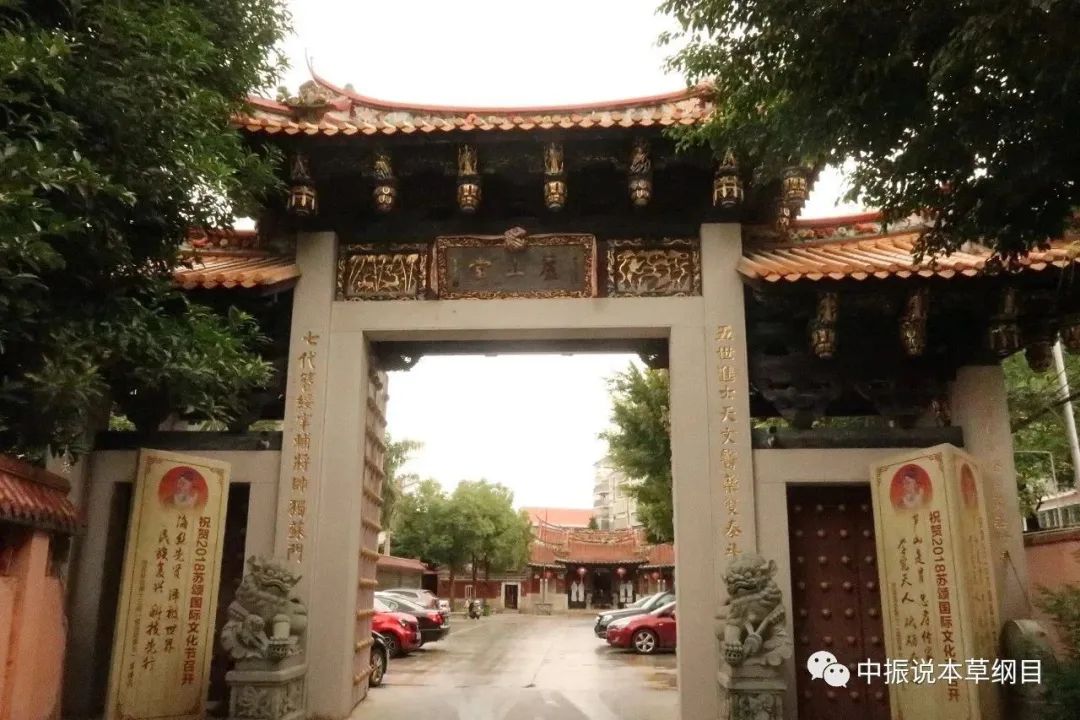
Exploring Su Song: A Dual Master of Astronomy and Medicine
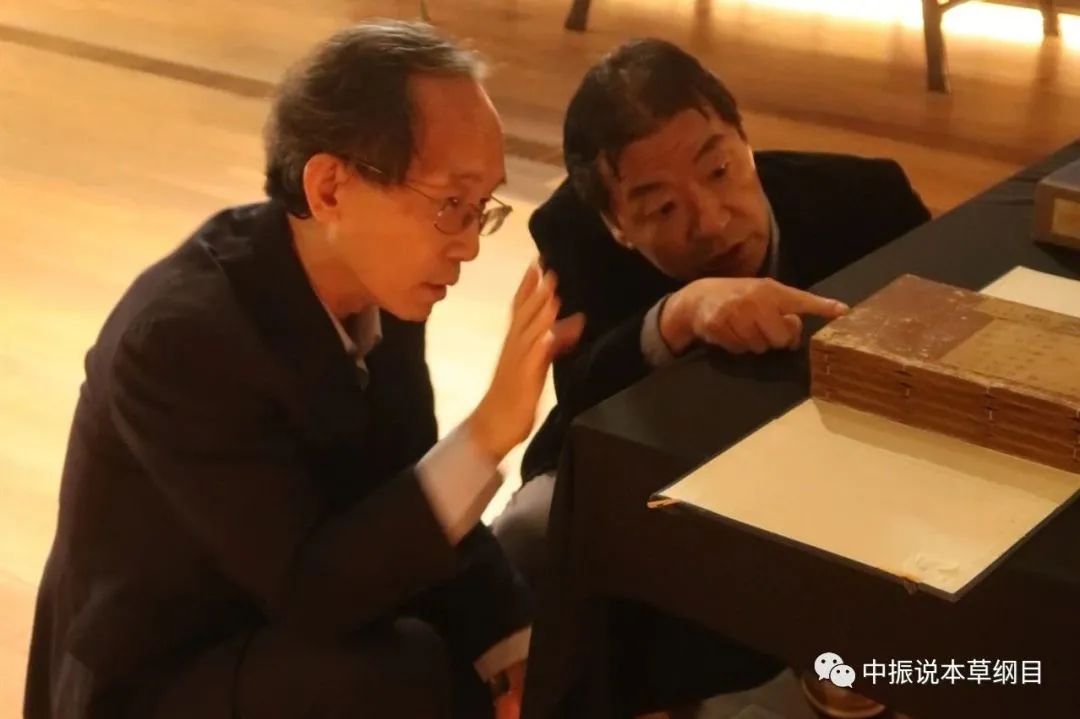
Tracing the Origins: Where is the Original Text of the Compendium of Materia Medica?

Jinhua Chang: A Forgotten Overseas TCM Museum
More Content
Zhao Zhongzhen: 200 Lectures on the Health Wisdom of the Compendium of Materia Medica
Now available on Himalaya
For more interesting content, click Read the original text to listen.
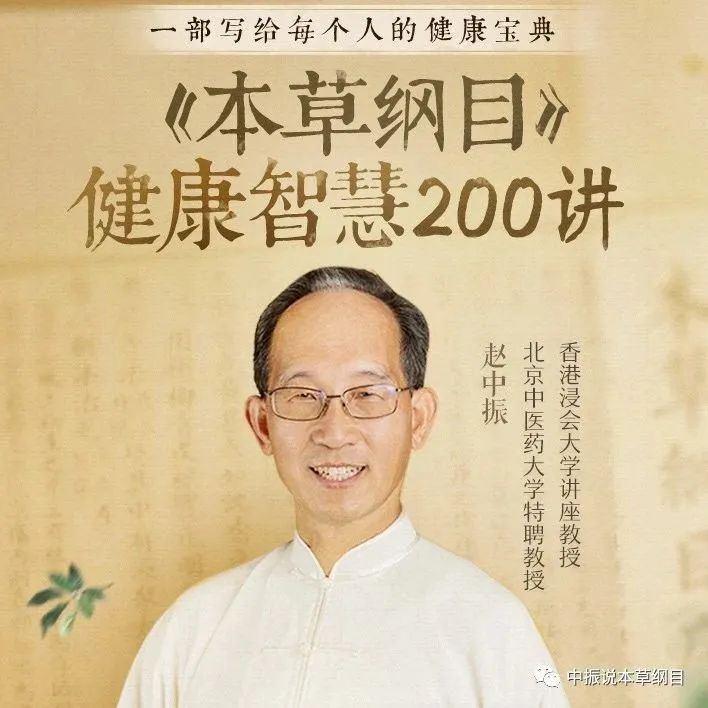
Welcome to Follow Us

Click to view and support the dissemination of TCM!

